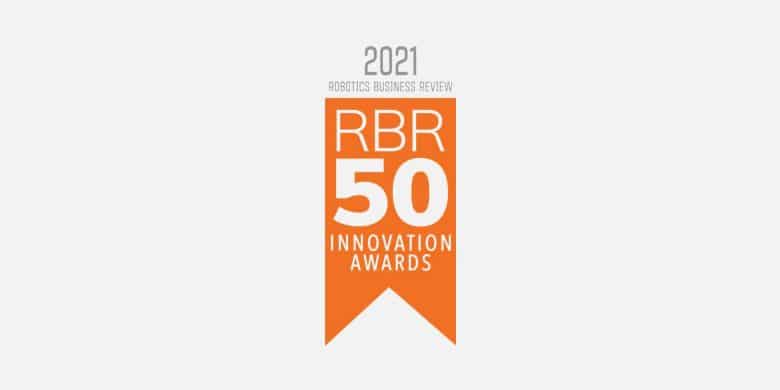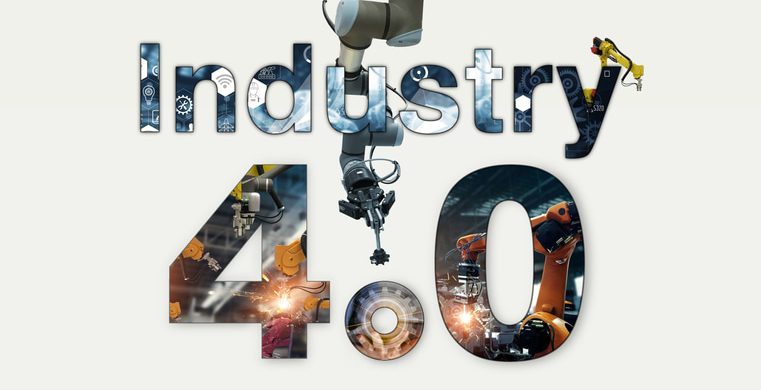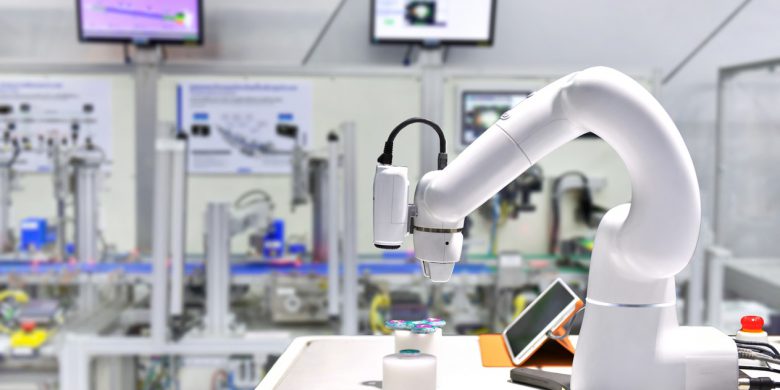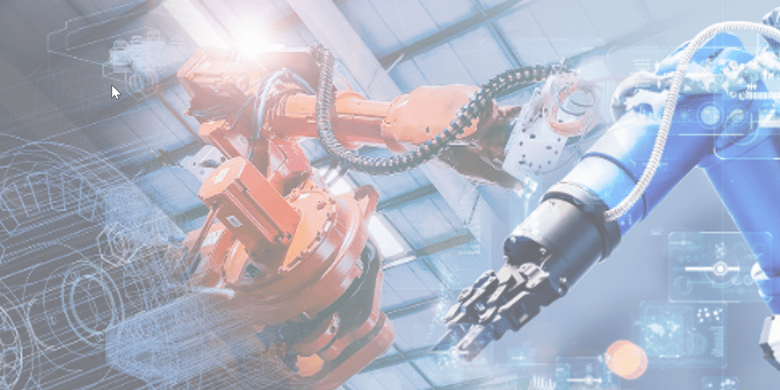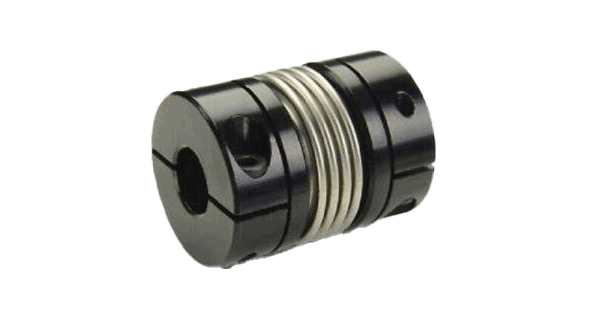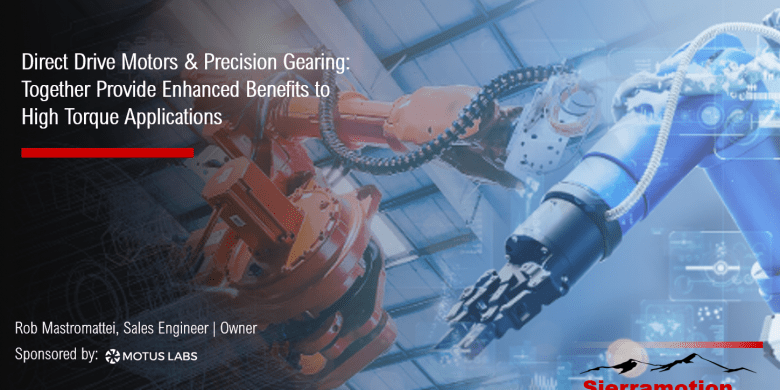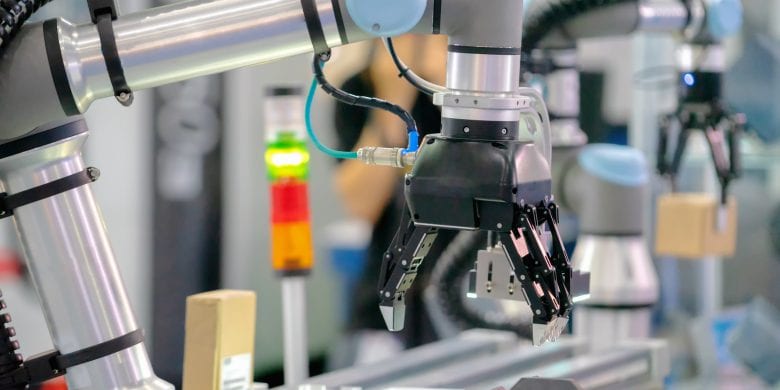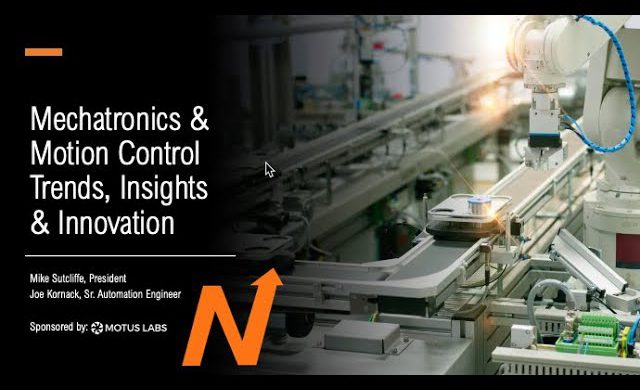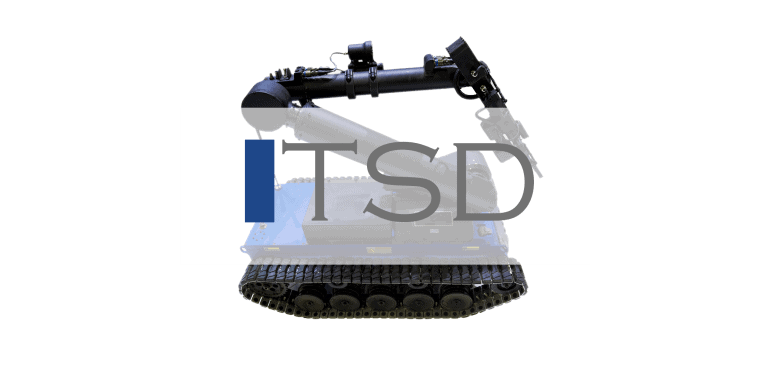For nearly a decade, Robotics Business Review has produced the RBR50, which recognizes and celebrates forward thinking companies from across the globe and the original, impactful solutions they have created.
Motus Blog
How to Get from Good to Great in Mobile Robotics and Mobile Applications
VIDEO Recording | See how our partner, ADVANCED Motion Controls, is redefining power density with their ultra-compact FlexPro series of servo drives and learn how customized solutions remove the barriers that are constraining your designs.
Guest Blog: Innovation That Sparks Innovation – AI, AMRs and Cooperative Robotics
All of these technologies are driving Industry 4.0. The Awareness Applications for high-resolution, low-cost servo motors and the systems to operate and control them are 3D printing and drones. The Awareness Application for high torque density motors is electric vehicles. Combine these, and you have Autonomous Guided Vehicles and Articulated Cooperative Robots.
Robotic Projects at National Labs, R&D Facilities or Universities – Try Motus Geared Solutions.
Are you an innovator or start-up robotics facility looking to differentiate your project with a new speed reducer that is more compact, higher precision, lightweight and higher torque density? Why design something new with something old?
Sierramotion: Partner Spotlight
Sierramotion is a custom motor and motion system engineering solutions firm. Our key differentiator is the ability to utilize our extensive experience to solve unique problems with proven engineered solutions.
Sierramotion Guest Post: What Coupling Should I Use?
There are many options to connect two rotating shafts together. The most obvious path is to use a rotary coupling. Unfortunately, while there are many couplings that can be purchased or made, choosing the right one takes some practice and a little bit of luck.
Video: Direct Drive Motors & Precision Gearing
Robots have evolved from moving big things around in large areas to working collaboratively with humans in tight or uncaged environments. Robot designers are continuously challenged to reduce motorized joints’ size and weight while improving accuracy and response. This recording will discuss how direct drive motors coupled to high ratio precision gearing are an excellent choice to meet these challenges.
Speed Reducers & Proper Shaft Alignment for Motion Control Applications
The selection of a proper coupling for a motion-control application requires consideration of numerous performance factors that must be taken into consideration for the coupling to work properly. These factors include including torque levels, the type and amount of shaft misalignment, inertia, torsional stiffness, rotational speed, space requirements, and others.
NEXLEVEL Case Studies – Mechatronics & Motion Control, Trends, Insights & Innovation
Mike Sutcliffe and Joe Kornack of NexLevel Automation are manufacturer’s reps and have worked for companies, manufacturers, and distributors of motion control and robotics for many years. This video presentation outlines mechatronics and motion control case studies in three key areas, military, warehouse, and medical along with key trends and insights from customers.
TSD
TSD is a Manufacturer Rep, covering all of California, providing expert engineering consulting for various custom motion control applications.

